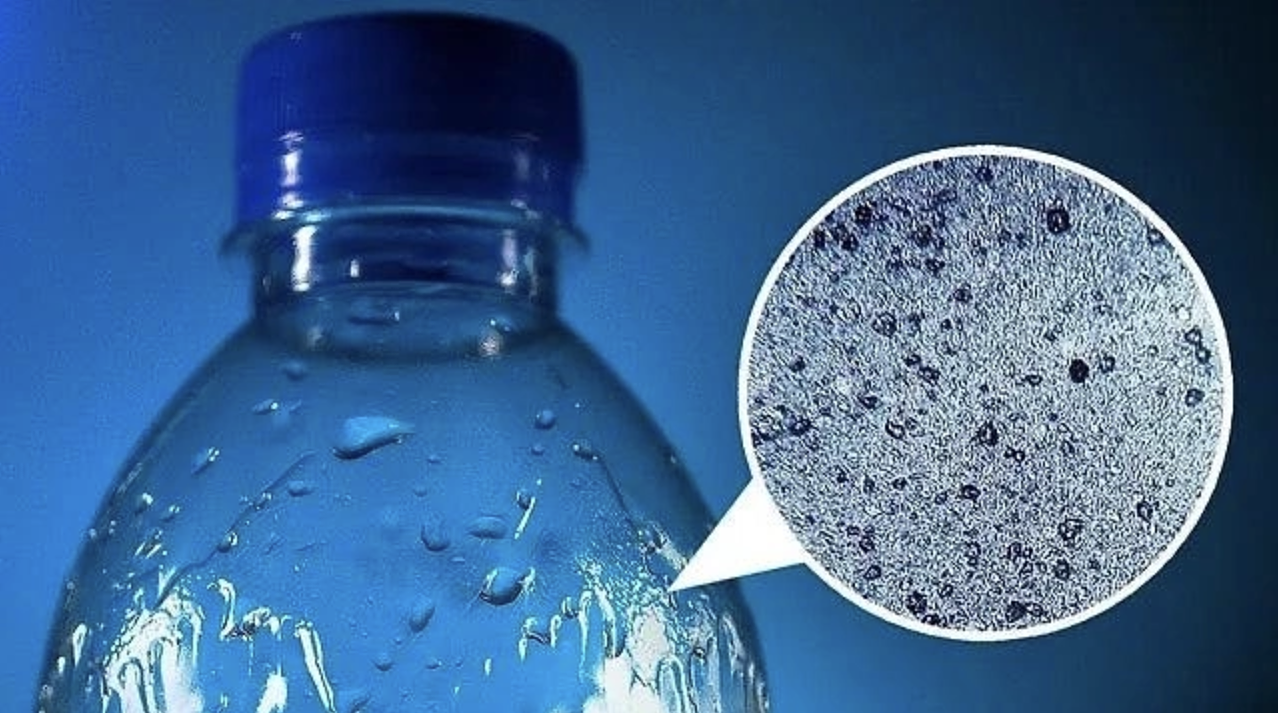Microplastics, plastic fragments smaller than 5 mm, are present in food, drinks, and everyday items. They're also found in plastic water bottles, especially single-use ones, which are less durable. Research indicates that under certain conditions like heat and UV exposure, these bottles can release microplastics, chemicals, and metals into the water.
Single-use plastic bottles are typically made from polyethylene terephthalate (PET), a thin plastic. Despite appearing solid, the plastic's structure resembles "a tangled network", allowing trapped molecules, including chemicals, to gradually diffuse over time. Heat and UV rays accelerate this process. A 2023 study demonstrated that when common plastics were treated at 37 degrees Celsius and exposed to UV light, they released microplastics and nanoplastics. Conversely, control samples kept at 4.4 degrees Celsius in the dark released few or no particles.
Dr. Jaime Ross, a neuroscientist, states, "The risk from one exposure is probably low, but I would be cautious about repeated or chronic exposure". She also warns that car temperatures not only increase microplastic leakage but also promote pathogen growth in opened water bottles.
Microplastics, especially tiny nanoplastics, can enter organs like the liver, kidneys, brain, and heart, and even penetrate blood cells and breast milk. Additionally, plastic contains chemicals like phenols and phthalates, linked to reproductive and neurodevelopmental issues. However, experts acknowledge that their full impact on human health remains unclear, requiring further research.
 |
Microplastics can exist in plastic items. Photo: Lifestraw |
Microplastics can exist in plastic items. Photo: Lifestraw
While the US Food and Drug Administration (FDA) has regulations for bottled water safety, and the industry deems health risk conclusions unfounded, many experts still recommend precautions.
To limit exposure, prioritize glass or stainless steel bottles. Reusable plastic bottles, though more durable, still share similar issues with single-use plastics.
If storing plastic water bottles in a car is unavoidable, keep them in a cooler or shielded from direct sunlight by placing them under the seat, in the trunk, or covering them with a blanket. Regularly replace these bottles. Similar precautions apply to plastic food containers, as they can also release chemicals into food when heated. Even expiration dates on some product packaging aren't for the food inside, but for the plastic packaging itself, which begins to degrade over time.
However, experts emphasize that despite potential risks, drinking from a hot car's plastic water bottle when necessary is better than not drinking at all. Associate Professor Christopher Hine from Cleveland Clinic affirms, "The dangers of dehydration are far worse than the risks of microplastic exposure".
My Y (Theo MSN)












